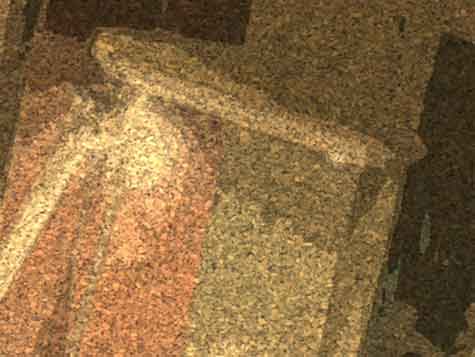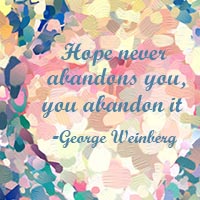
“Light,” by Mary Gow, using Paper Artist app.
–iPad drawings printed on 6 sheets of paper and mounted on 6 sheets of Dibond.
-Inkjet prints from digital photographs of the original drawings.
-18 color laser copies mounted on 2 sheets of Dibond.
-Inkjet printed computer drawing on paper, mounted on Dibond. From an edition of 12.
Those are captions to various pieces in David Hockney’s show (that’s up through January 20, 2014 at the DeYoung Museum).
As soon as I got home I looked up “Dibond.” The New Traditions Art Panels’ website sells it and defines it:
Dibond is a sturdy archival aluminum composite material made of two lightweight sheets with a thermal plastic core. It is coated with polyester paint to prevent oxidation. This panel line is conservator recommended. These come in our standard 4MM thickness.
I like how Hockney embraces inkjet prints from digital photographs of the original paintings or drawings. One lesson from this show is to embrace state-of-the-art materials in addition to traditional ones. Why not make digital prints of your drawings, like three times the size of the originals, or gargantuan, like as high as the ceiling?
The “Bigger Exhibition” gives real-world examples of huge pieces of art that are composed of 6, 8 or even 18 panels that fit together. Many are mounted on Dibond.
There’s an alcove where you can see step-by-step how Hockney created some paintings using Adobe Photoshop, a stylus, and a digital drawing pad. Don’t miss it if you go.
I used to think if paintings and drawings were going to be enlarged, they needed to be sharp once blown up. From this show I am reminded that if they look right as your creation, then own it. That’s your own style. And it’s okay if it’s a really big style.
